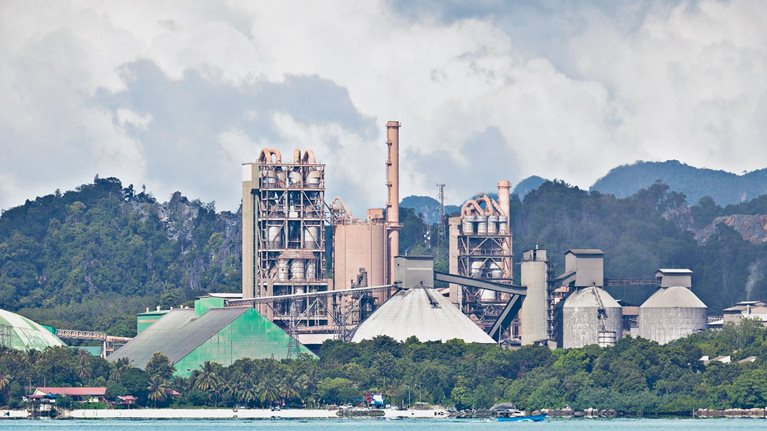The construction value chain accounts for ~25% of global CO2 emissions. Players from across the ecosystem have committed to decarbonization—but how can the industry realize this ambitious goal? At the COP26 meetings in Glasgow, McKinsey hosted an interactive session that brought together global owners, contractors, materials suppliers, investors, equipment manufacturers, and disruptors to define the path forward, including:
- What actions should the industry be taking now?
- How can stakeholders across the value chain collaborate to succeed?
The key themes that surfaced from this roundtable are summarized below:
- Engage in the net-zero imperative. COP26 made it clear that net-zero has become not only an organizing principle for business, but a point of competitive differentiation (see McKinsey’s summary of five key priorities coming out of Glasgow). In the construction industry, we currently experience a first-mover problem between policy, finance, and projects. CEOs can break the stalemate by joining or forming coalitions that addresses an unmet need and help set the rules for a more orderly net-zero transition.
- Solve decarbonization to create a license to operate and grow. Meeting net-zero targets will require everyone in the construction ecosystem to shift from volume to value growth—creating both a better and a more sustainable built environment. Getting this right will provide companies with a license to operate and grow. For example, developers will not gain access to green funding if they can’t build green buildings. Companies that lead can gain competitive advantage from translating net-zero pledges into net-zero plans.
- Prioritize efforts to maximize impact. Materials processing and building operations together drive ~97 percent of building and infrastructure emissions.1 New buildings will need to be built ‘demand-back,’ not ‘production-forward’—redesigning the process to reduce embodied carbon, using alternative materials, and decarbonizing cement and steel. Existing stock will require renewable energy sources, efficient building operations, and performance measurement, supported by more convenient end-to-end retrofit solutions.
- Establish a benchmark and start measuring. Measurement and disclosure are unavoidable—industry leaders can get ahead by collaborating across the value chain to identify the important sustainability metrics, establishing benchmarks, and using technology to start measuring and reporting on the performance of projects across their lifecycles.
- Finance the transition by leveraging markets and institutions to channel capital. Increasing the volume and speed of green projects requires policy, finance, an adequate supply of green projects, and a compelling consumer proposition. With the Glasgow Financial Alliance for Net Zero (GFANZ) committing $130tn of private capital to the transition, there is no shortage of patient, green financing. Clear policy, with supporting regulations, will help unlock the capital for investing in green construction technology, engage the private sector, and untap the supply of projects. Simultaneously, the private sector can channel capital by taking ‘bigger bets’ on sustainability—decarbonizing existing assets at scale, and partnering with the wide range of exciting green startups serving the built environment.
- Start with the customer. Unlocking demand will require high-quality, convenient solutions with a clear payback. For example, in the retrofit market, consumers are often deterred by complexity, unattractive offerings, and unclear financial benefits. Companies can ‘break through’ by investing in new products and integrated solutions, and taking a ‘design thinking’ approach to customer challenges.
- Create a culture of innovation to drive progress. The buildings and construction industry is notoriously slow to change. Participants pointed to the need to create a culture of innovation with practical steps like setting ‘net new growth’ targets, promoting ‘test and learn’ with MVPs, deploying VC-style metered funding, increasing R&D budgets, using certifications to drive a sustainability premium, and pre-competitive collaboration.
- Develop the skills now to deliver at scale. COP26 demonstrated that the industry has reached the inflection point. Policy and capital are moving, resulting in skills and organizational capacity being the likely bottleneck down the line. For example, the retrofitting workforce of tomorrow is not in place today. Industry leaders across the public and private sector need to start developing the skills and capacity to deliver on the anticipated demand.


